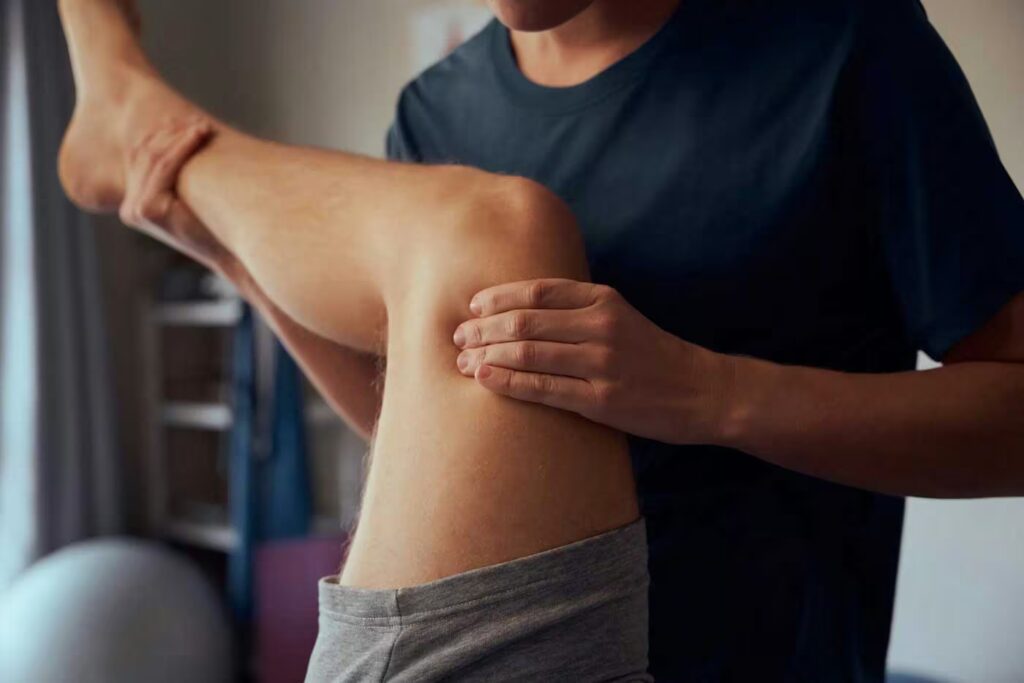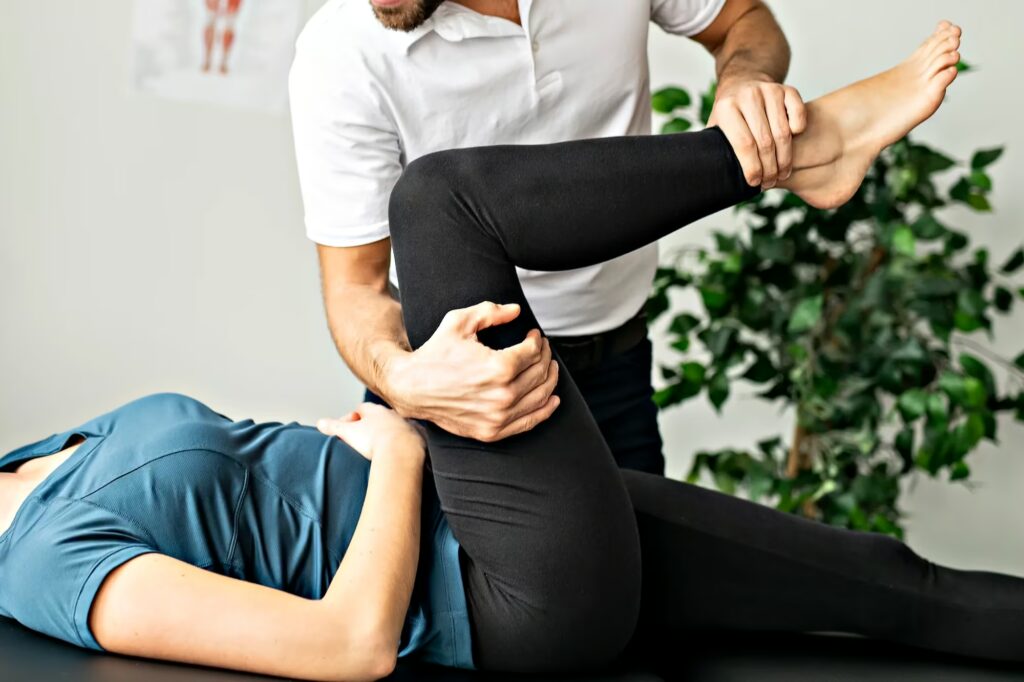
Running Physiotherapy
This appointment is aimed at the runner who may:
- Have an injury which means you cannot run at all, have to run slower, not as far?
- Can run but feel you are unbalanced and sense this may cause an injury in the future?
- Feel like you could run faster but an area of your body/running gait is preventing this?
- New to running and want to make sure that your body is capable of increasing the running miles/pace?
- 40+ years of age and feel your body is starting to affect your running?
Prior to your appointment you will be asked to complete a comprehensive questionnaire all about your running, which will help your physiotherapist plan the assessment. It is important that you provide as much detail as possible and complete as soon as possible so that your physiotherapist can ensure that the appointment is suitable for you. The questionnaire will ask you about what your GOAL is in seeking help.
The assessment process may comprise of any or all of the following:
- Mobility and strength testing
- Jump and hopping tests
- Manual “hands on” assessment of joint/soft tissue range and mobility
- A gait analysis on the treadmill
After the assessment
- Manual “hands on” treatment
- Acupuncture
- Advice and education
- Home exercise program
Often the treatment provided blends with the assessment process to see how your body/tissues respond so that an appropriate discussion of the findings and what the potential plan forward might be. Finally your physiotherapist will discuss with you the findings and plan further assessment/treatment and rehabilitation with you. If you require help from another professional, this will also be discussed with you.
Most runners require at least 3 hours of time with the physiotherapist to ensure that you have been assessed and treated completely or have an ongoing plan in place for an expected completion of your goal. This may take place over a few weeks or few months dependent on the nature of the issue you require help with.
The 60 minute session includes an assessment, discussion of the findings and provisional treatment plan. Any exercises provided include videos and detailed instructions sent via email and can also be viewed in a secure app. For further information about the app go to www.physiapp.com.

runners injury
Whilst runners can be predisposed to certain types of injuries due to the repetitive loading pattern as the foot contacts the floor (see list below) it is important to note that most runners generally run whilst managing a full time occupation and around family life.
The injuries therefore are often related to occupational and lifestyle factors rather than the running itself which predisposes them to injury risks.
Some examples:
- The sales person who is driving all day usually struggles with back and thigh pain when running.
- The runner turned relatively new mum with hip pain which is often caused by carrying a child on the hip at a time when her body is still recovering from pregnancy.
- The runner who works in a factory all day who is constantly rotating to the same side has back pain and hip pain.
- Let’s not also forget the previous accidents and injuries that runners bring to running. Take the new runner with a previous fractured ankle that still lacks movement, this can cause symptoms at the knee, hip and back!